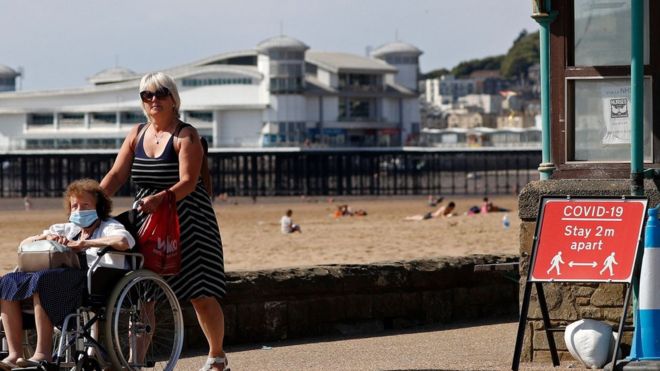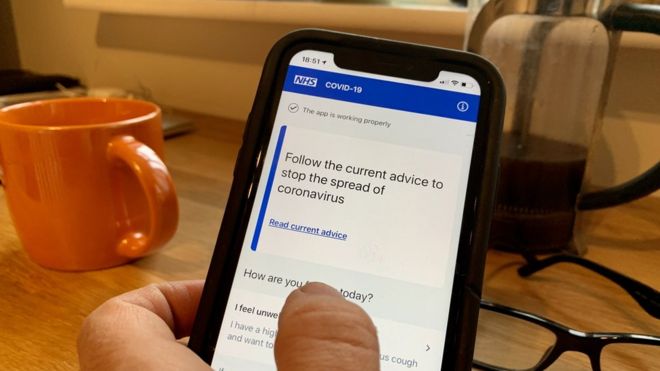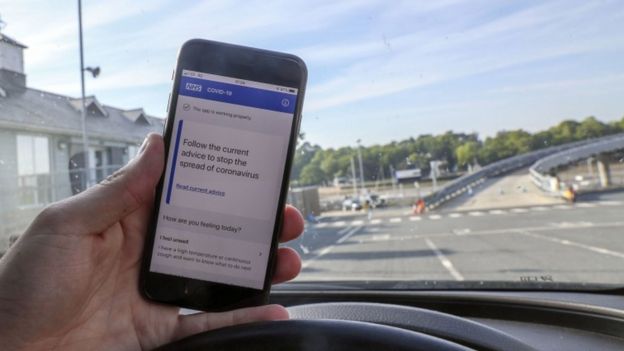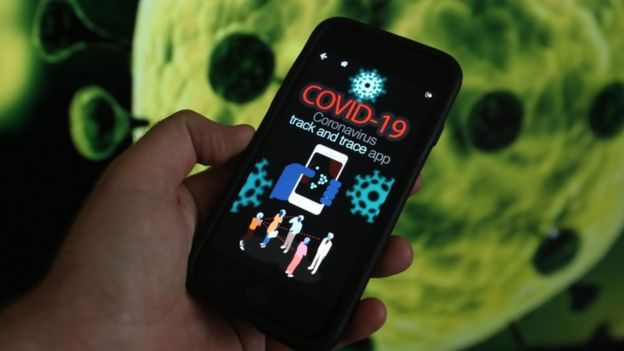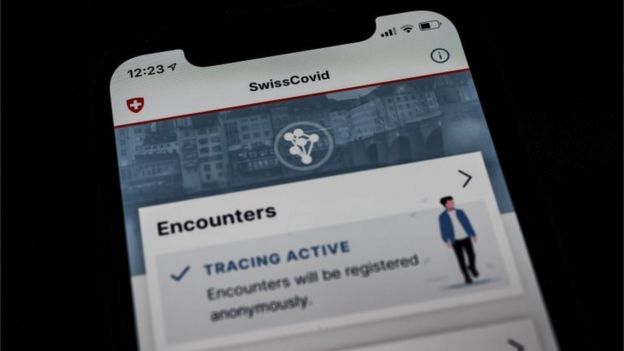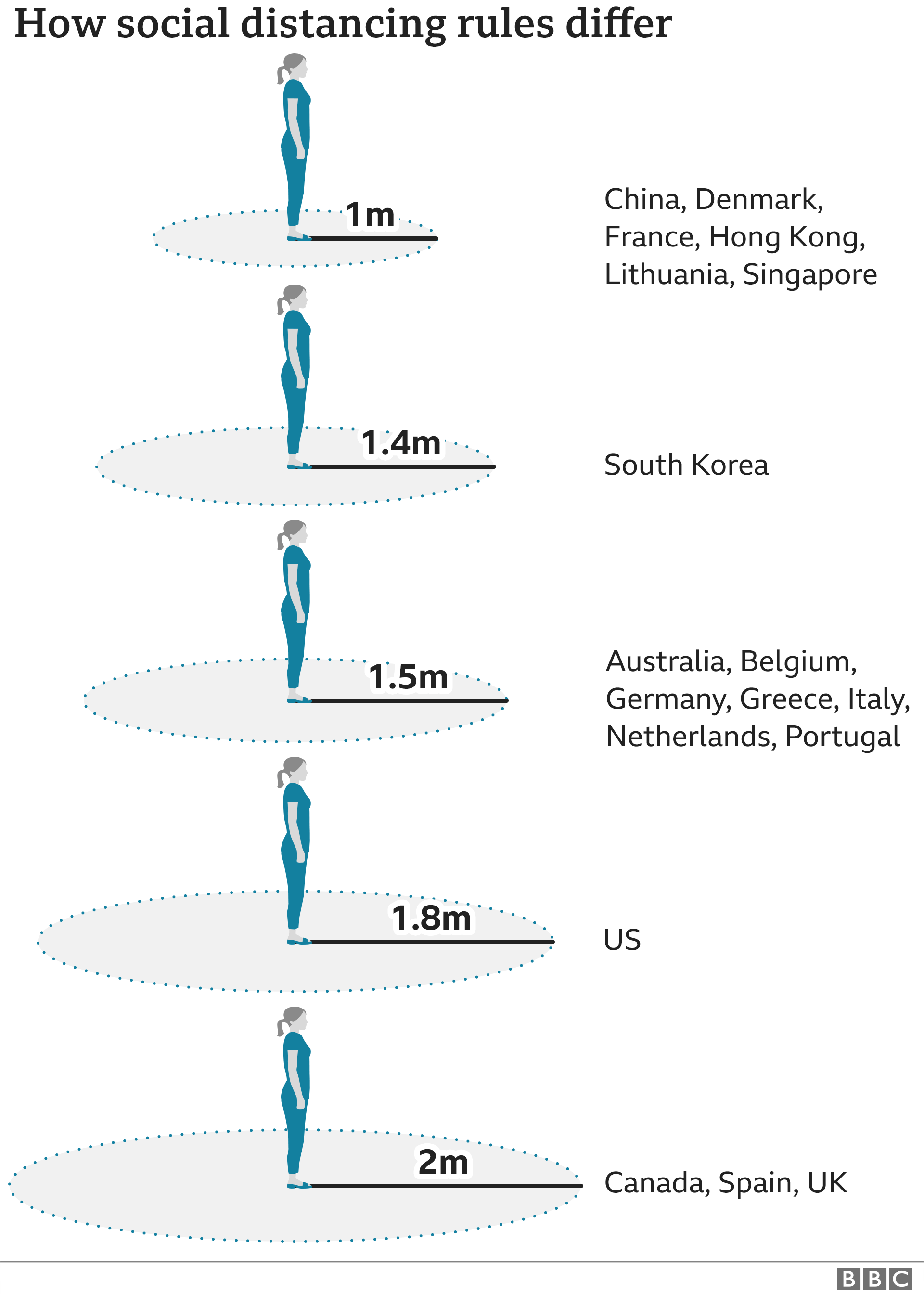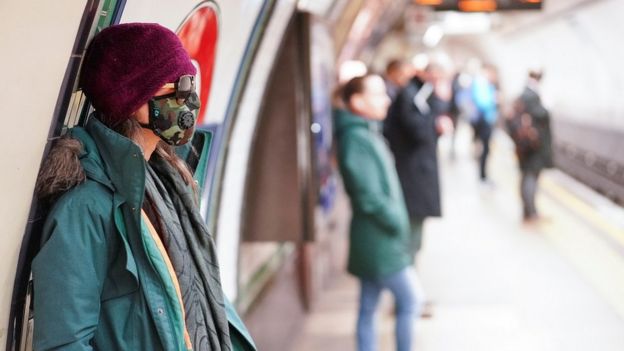It is no secret that utilizing newer technology like big data and analytics can shake up and revolutionize nearly any industry. The real estate industry is no exception here, and has, in fact, already begun reaping the rewards that big data and data-driven technologies can provide.
The huge amounts of data generated by the real estate industry can be leveraged to its advantage even further going forward as new technology and ideas are pushing the envelope for the real estate industry at both the macro and micro scale.
One of the most basic and powerful data-driven tools that the real estate industry has at their disposal comes in the form of analytics. The benefits of data analytics in real estate extend to both the consumers and realtors because it allows for advanced property evaluation across a huge spectrum of parameters from expected appreciation and depreciation rates to crime statistics, accessibility, and other factors. This not only allows for real estate companies to determine value more accurately and mitigate risk, but increases customer engagement as well, providing them with highly relevant information regarding potential purchases.
The huge amount of real estate data available can, and should, be leveraged for maximum predictive impact just as Wall Street uses the data available to model algorithmic trading. Through the use of data analytics, realtors and investors are able to keep up to date on vital market data in real-time, allowing for the ability to stay ahead of the curve on the rapidly changing market of commercial real estate. Accurate, timely market data can make a massive impact on a company’s ability to turn a profit on a piece of real estate and empowers potential home buyers by providing a comprehensive view of the market even as it changes minute to minute.
While these huge pools of real estate data are already being used by Artificial Intelligence programs to improve the customer experience through personalization and predictive home evaluation over time, AI can further change the real estate game. AI can help to accurately predict which locations will be the most beneficial for developers to invest in, optimizing market-level profitability and revenue and revenue as well as helping to identify optimized spatial layouts of new developments.
Virtual Reality
Though the real estate industry has been relatively slow in hopping on the big data train, it has taken a short amount of time for the industry to see the massive value that data brings to the table. Data can show investors, developers, and potential buyers detailed and pertinent information about real estate without ever having to see it in person. While macro-level data like land valuation, crime statistics, accessibility, and traffic flow are incredibly important when looking at real estate development and investing, the data generated at the micro-level is now coming into play in a big way.
Data comes in a variety of different forms, and while it can be easy to be tempted to shelf classic visual data for the more esoteric sets of data pertaining to a piece of real estate. Visual data, however, is actually at the forefront of one of the more inventive and exciting data-driven technologies being used in the real estate industry today. When enough visual data is available, realtors can implement Virtual Reality technology in order to give prospective buyers a tour of the property, giving an in-depth look at the dimensions of any given building that a static photograph simply cannot provide.
Again, VR is another new data-fueled technology that benefits both buyers and sellers of real estate. Realtors massively expand their market as they don’t have to set up actual appointments to show a home and can actually show it simultaneously to many different potential clients. Additionally, homes can be staged virtually through VR, turning an empty and visually cold, unfurnished home into a staged home in an instant with the ability to change any furniture or fixtures in the blink of an eye to appeal to any number of aesthetic palettes.
Informed Decisions
The real estate industry has been long considered generally conservative, relying on more Luddite business methods and general entrepreneurial skills to operate quite successfully for decades. This is all changing with the rise of “Proptech”, technologies that capitalize on the huge amounts of data generated in the world of real estate, which is working to help both purveyors and purchasers to make more informed decisions.
Quantifiable data, whether gathered from historical sources, social media platforms, or any other number of sources, work to show a bigger picture than many are used to seeing. When investors, realtors, and buyers are all able to see the forest for the trees, everyone comes out ahead as they have the ability to make a better decision based on all of the available data instead of just historical data or gut feelings.
In its raw form, much of the data generated by or relating to the real estate industry isn’t all that helpful. However, with the power of data analytics, machine learning tools, and Artificial Intelligence, the heavy-duty number crunching is taken care of, leaving a distilled and very useable product. In a way, these new technologies are really leveling the playing field when it comes to real estate, providing the same advantage to anyone willing to take the time to apply big data in an effective way.
These technologies are unlikely to outright upend the real estate industry anytime soon, considering the industry’s historically slow adoption of new technology. They will, however, revolutionize how properties are sold, evaluated, marketed, and even seen on a very real level.






